
On March 16, 1966, millions watched as success turned to tragedy on national television. Here is a partial transcript of that moment:
Skipper: “Gilligan! You can’t fly. It’s impossible!”
Gilligan: “I can’t?”
Skipper: “No!”
With that, Gilligan stopped hovering above a hut and crashed to the ground, his homebuilt wings and dreams broken around him.
Skipper: “Gilligan little buddy, are you all right?”
Gilligan: “Why’d you have to say that? Impossible? Why’d you have to say that?”
Like Gilligan, I built an airplane that couldn’t be flown—or shouldn’t be flown, I’m not sure which. Not everyone is clear on their stance. Like Gilligan, I built my airplane in blissful confidence. Like Gilligan, I flew my airplane successfully before being told I couldn’t. Unlike Gilligan, I continued to fly my airplane.
For 500 hours.
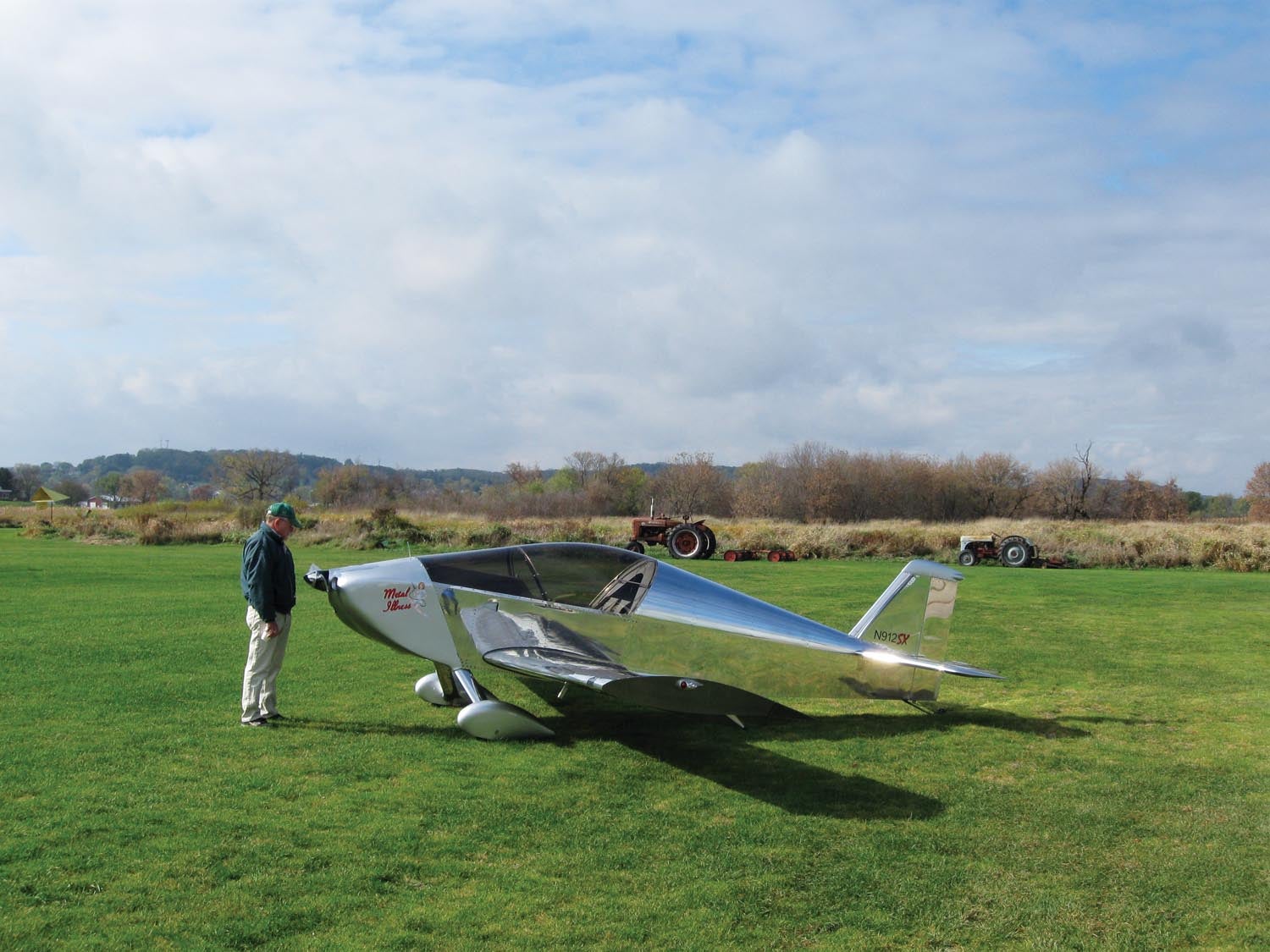
I was lucky in that both the design I chose and the internet were fledglings when I began building. There was a type-specific Yahoo group, but few yahoos. Everyone was supportive. Everyone was excited. Everyone was an early adopter. I was the 32nd-or-so customer to fly a Sonex. The first to fly was finished before the plans were done. The builder used
literal napkin sketches provided by Sonex. Both that Sonex and mine were faithful to the earliest version of the plans. Most of the early completions were. That builder’s advice was (and is) “build it per the plans and then change the things you think need changing.” I concur. Tellingly, most of the early completions remained unchanged as flight hours accumulated—evidence the design delivered on its defined mission and advertised performance. When asked what I’d change if I did it again—which I was, many times—I’d confidently say, “Nothing.” Ironically, the more the fleet size and fleet hours grew the more people hollered it couldn’t be done. Today, the hue and cry would indicate everything needs to be modified or analyzed to build the airplane, let alone fly it.
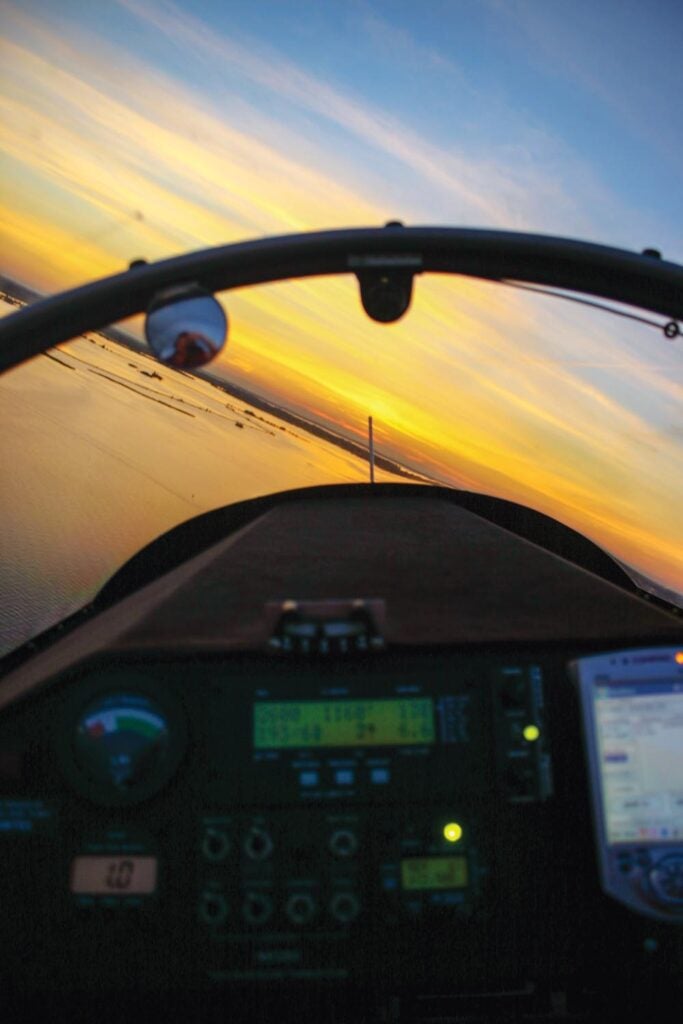
Design Maturity, Mission Creep and Opinions
As a design matures, more and more “upgrades” and “improvements” are thrust upon successive builders by those who have gone before. What they are thrusting, really, are opinions. In time, a design’s original mission can get lost in the din of people crying, “You can’t!” and “You must!” Here is a review of some of the issues brought up over the years about the legacy Sonex, which, in 1998, had the stated mission of being a “modern-day Piper Cub.”
To begin, it doesn’t have real airplane brakes, whatever those are. Further, the brakes aren’t differential so they don’t aid steering (steering is linked directly to the rudder pedals). They only serve to slow, stop and stay put. Some claim that makes the tailwheel configuration poor or impossible in crosswinds. That doesn’t matter, however, because others say the tilt-over canopy inhibits cockpit entry if there is any wind at all. I have 500 tailwheel hours that say they’re wrong.
Speaking of the canopy, some builders think the Plexiglas canopy cracks too easily during construction while some pilots worry about how they’ll break it and escape if they flip over. The tinted canopy is too dark for some, yet the cockpit is too hot when the sun shines for others. To combat heat on the ground, pilots have taxied with the canopy open slightly and taken off without locking it closed—a potentially fatal error. That caused others to suggest a Canopy Open warning light system to stand in for a checklist item included in the Sonex POH. The warning light, with all its potential failure modes, would presumably be in the panel—a slanted panel that some say reflects sunlight, making illuminated warning lights and instruments hard to see.
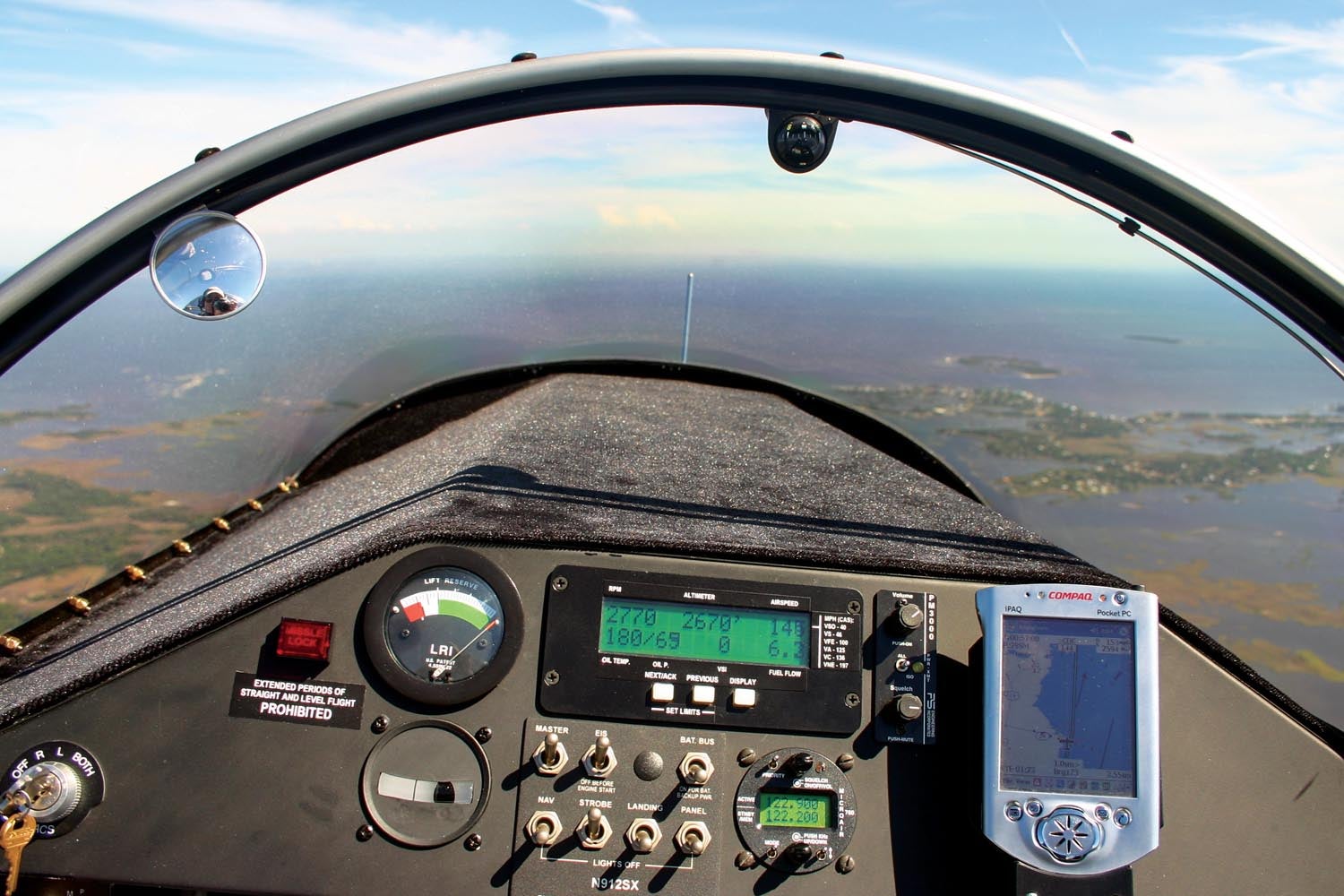
The Sonex was said to be poor for cross-countries. Something about the panel being too small for proper instrumentation, the fuel capacity too small for decent range and too little room behind the seat for a checked bag. Cockpit ventilation is poor by some people’s standards, but not by those who think it’s too drafty. Some think the mechanical flap handle requires too much effort to deploy. They added complexity and weight of electric flaps to a design others think doesn’t have enough useful load. The electric flaps allow those who deploy flaps at too high of an airspeed to continue to do so while remaining blissfully unaware of the loads they are placing on the linkage. I found deploying flaps was a tactile feedback of my airspeed. If the pressure felt high, I wasn’t controlling my airspeed properly.
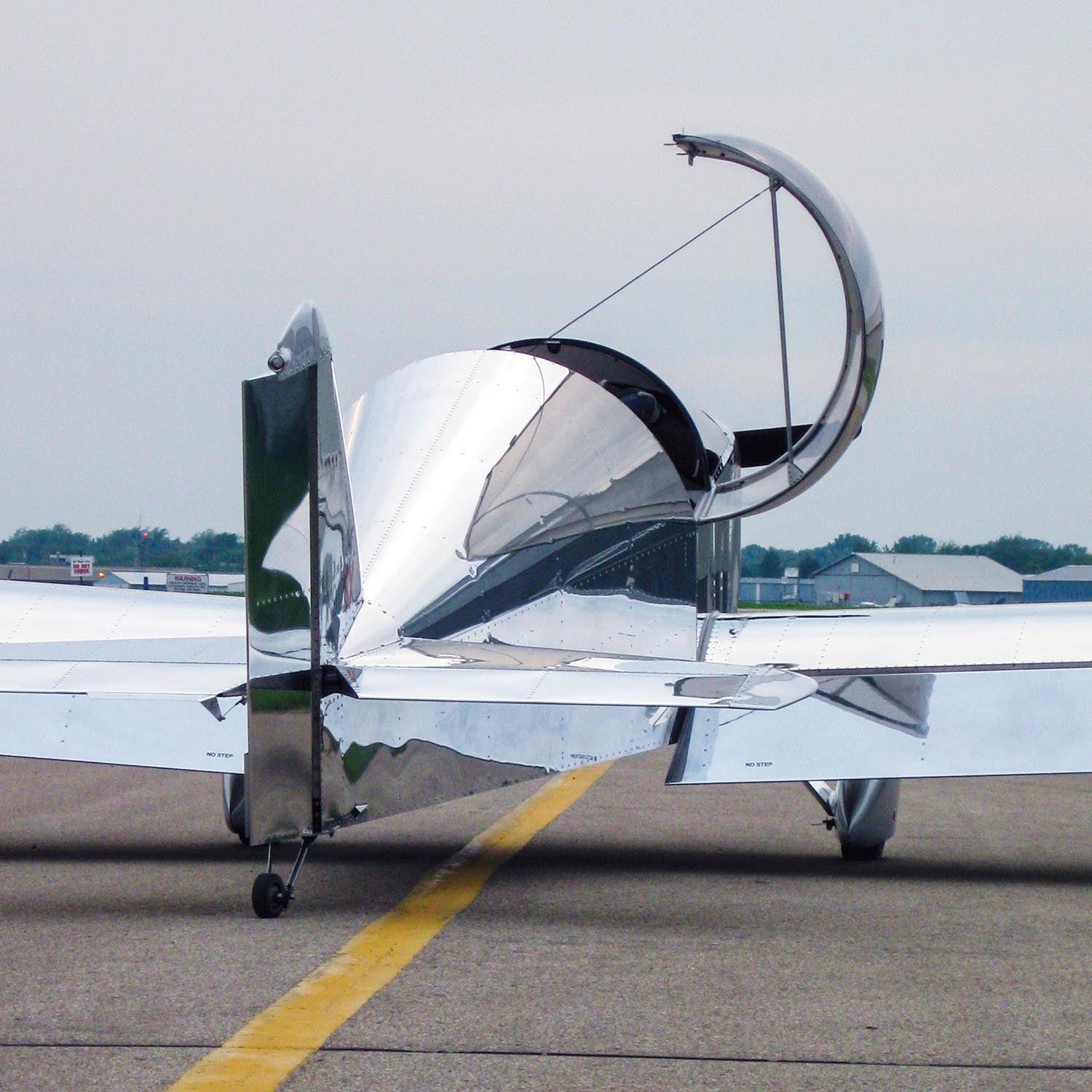
My Jabiru 3300 engine shouldn’t have cooled properly because “all Jabiru engines run hot.” My slide-style throttle body was declared untunable, prone to sticking and in need of carb heat. But I know better because I installed it per the instructions, tuned it once and flew it 500 hours. The cowl was split vertically; very un-aircraft-like. The fuel shutoff valve is under the fuel tank and lacks a panel-mounted lever, a real problem for some. Oh, and the fuel tank! “There’s no way I’d fly an airplane with a fuel tank in the cockpit.” (That rules out a lot of airplanes, my friends.) Meanwhile, others are adding more fuel capacity by mounting auxiliary tanks in the luggage area, on the passenger seat or on the floor.
I and many others did the things the airplane was designed to do even though some continue to say it can’t do them: aerobatics, crosswind landings and toting two people. Maybe the ones that are heavy or have been crippled by “upgrades” and “modifications” can’t do those things. Those built like a modern-day Piper Cub (albeit an all-metal, aerobatic one) can. When I sold mine in 2011, its new owner, a sportsman-class aerobatic national champion, campaigned it on the national circuit. Yet I read a comment as late as August 2023 that it can’t do sportsman-class aerobatics. Go figure. I’m left wondering how many potential builders (of all designs, not just the Sonex) our hobby has lost to golf and pickleball because the hollering was too much, the weight of opinions too heavy and sifting through the fiction to unearth facts too burdensome.
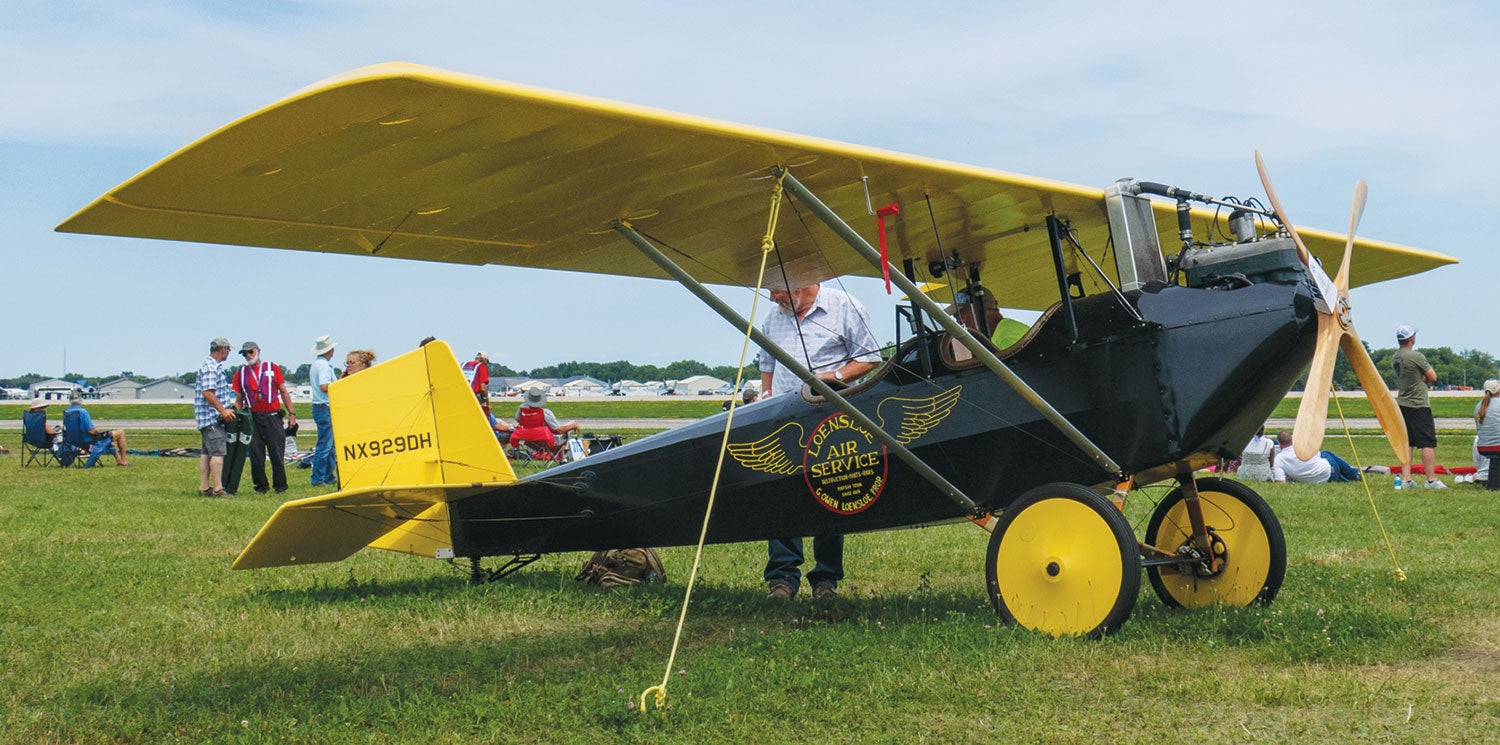
I’m Not Sure I Could Build One
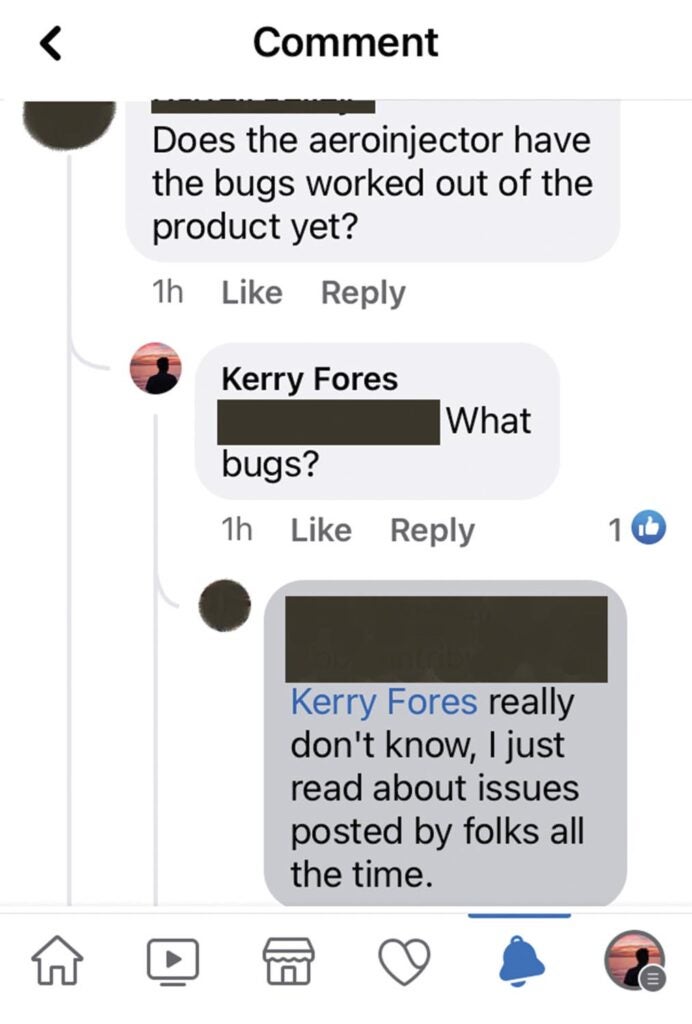
I accept that building an airplane is a very individual pursuit. The phrase I often heard from builders I was trying to guide away from a bad idea was “That’s why it’s called Experimental.” True enough, but some experiments don’t need to be executed to forecast the results. Some experiments are simply solving issues caused by deviating from the plans, or they spring from choosing the wrong design for the desired mission. Recommended changes compound with every builder who shares a modification and with every builder who fixes a problem of their own making or imagination. Potential builders are left wondering if they can build one, as driven home in this comment by a non-builder in response to a design modification a builder shared on social media: “I don’t understand why you had to do that. Did the kit come with it? Is this something everyone has to do or did you have to come up with this on your own? Great engineering job you did if you had to. I just don’t think I would have been able to figure that out. Makes me wonder if I would want to build one.” (The words are theirs; the emphasis is mine.)
Words have the power to clip wings. We need as many people building and flying airplanes as want to build and fly airplanes. What we don’t need are boat captains telling us we can’t. Gilligan, little buddy, you can.














Being a first time builder, I spent years researching online and debating when was the opportune time to start building. I had been caught up in the “monumental task” and “building an airplane will be the hardest thing you’ll ever do.” Which delayed me at least 2-3 years from ordering a tail kit. Eventually, I jumped in and it was the best decision I ever made! I get so much joy from building that while it may be difficult at times, I find it’s less of a difficult task and more of just needing to slow down, re-read the plans, and continue on at a more modest pace. However, I still find after 700 hours of building, I can get sucked down the rabbit hole of online opinions and suggestions.
While mostly helpful, I’ve found that occasionally, the online forums can be like Googling your health symptoms. Your pain is almost certainly cancer and that hole you drilled is most likely going to be the hole that lets the wing fold. As is often the case, these are rarely the outcomes. And a reality check of a friend stopping by the hangar to inspect can be enough to smack me out of my tailspin of “I should just scrap the plane cause I drilled the wrong size hole.”
Thank you for reading my column and taking the time to comment. Your comment put the exclamation mark on my column, though we are encouraged to keep exclamation marks to a minimum. It sounds like you have found a solid path forward when you are presented with a challenge or doubt. I’m confident, with that approach, you’ll one day be reporting the first flight of your airplane.
It sounds like you have found a solid path forward when you are presented with a challenge or doubt. I’m confident, with that approach, you’ll one day be reporting the first flight of your airplane.
Amen…
My thought exactly!
Can I get a halleluja?
“Think. There must be a harder way.” ; )
I’m just” some guy” on the internet, never sold meat in the parking lot, and in my opinion your articles are sensible and very funny, and I look forward to reading them. Please keep the faith and keep up the good work
Thank you for reading my columns and taking the time to comment, Glenn. My goal is to educate while infusing some fun. Should you one day take up selling meat in parking lot, my advice for greater success would be to keep it in a cooler, have your original purchase receipt and don’t pull it from under a trench coat in Florida, in August.
https://www.kitplanes.com/never-buy-meat-from-a-guy-in-a-parking-lot/
Well put.
Thank you for reading my column, Karl.
Great article. The “Skippers” will always be there – don’t be a Gilligan.
Thank you for reading my column, Robert. I’m happy to hear others recognize this phenomena and I’m not shouting into the wind.
Well put! I too have dealt with this constantly, and it grows tiresome. I literally debated a guy online the other day about this very notion. He was trying to claim anything other than a Rotax engine wasn’t good, and then I listed a bunch of aircraft (about 7 different ones) that I’d love to build/own someday and no two used the same manufacturer of engine, and not one used a Rotax, and all are reputable aircraft and engine combinations (even though I have nothing against Rotax, it’s just that it wasn’t the right engine for any of the aircraft on my list).
People complain about fuel in the fuselage, yet they’ll never badmouth a J-3 Cub like that.
People whine about manual flaps. Yet they fly tons of aircraft with manual flaps, and the bush pilots prefer manual flaps.
They complain about the lack of range, then turn around and say they can’t sit in the cockpit half as long as the plane can fly on a single tank anyways (bladder control issues). And most pilots aren’t leaning when they fly.
They complain about brakes when some aircraft don’t even have brakes at all. And even in a Cessna, and other common aircraft, you rarely ever actually need to use the brakes except to park the aircraft if you’re doing things correctly. I’ve never once used brakes to land in a crosswind. The only time I’ve ever used brakes during a landing rollout is for a short field landing. Use of brakes during crosswind landings is not a technique they teach. I was never taught it, not even for tailwheel, and I’ve never taught it as a CFI myself.
A guy offered to sell me his Onex, but I opted to build one myself anyways. Reason being he’d installed a 3-axis autopilot, and tons of other electronics in it, made it super heavy, and as such it flew very slow and had much reduced range. I didn’t want to have to fix other’s mistakes and remove all that stuff. Better to just do it right myself the first time.
I prefer simple things, simple cars, simple airplanes, simple by reliable tools and products of all kinds. Simplicity is safer, more affordable easier to maintain and repair, etc.
Simplicity is also a virtue in combat, something I valued greatly as a combat vet myself. Vehicles that rarely broke down, and even when they did were easy to fix (like the 5ton, Jeep, and Deuce and a Half). Uniforms that were durable and reliable like BDUs. Weapons that just work no matter how old and abused they are (I used WW2 M2 .50cal machine guns on my combat tours, that had come out of actual B-17s, and still worked reliably and perfectly). Older military equipment lacked creature comforts. No AC, heater was iffy, windshield wipers were a joke, seats were uncomfortable, etc. But when your life was on the line, it worked and didn’t let you down. It did what mattered reliably and consistently. I want the same thing from my airplanes.
Simplicity. You nailed it with that one word. For centuries mankind dreamt of occupying the sky with the birds and now that we can many seem hell-bent on making it harder than it needs to be: harder for others, harder for themselves. The comments I’ve received on this column give me hope that some, hopefully a silent majority, recognize this as an issue endangering our hobby.
One effect the steady drone of Skippers has in the builder forums is that is drives out those with experience and real knowledge to share. They grow tired of fighting against bad advice and uninformed opinions. In the Sonex community I could name 10 builders whom I deeply respect that have given up in the online groups. Their experience and wisdom has been lost to the community. And that’s why we see Sonex empty weights of 750 and 800 pounds when they should be 650. That’s why we see Airbus-type panels in simple VFR airplanes. That’s why people claim 80HP isn’t enough for an airplane that was designed from day one to be flown on 80 HP.
Thank you for reading and commenting, Scott. Good luck with your Onex!